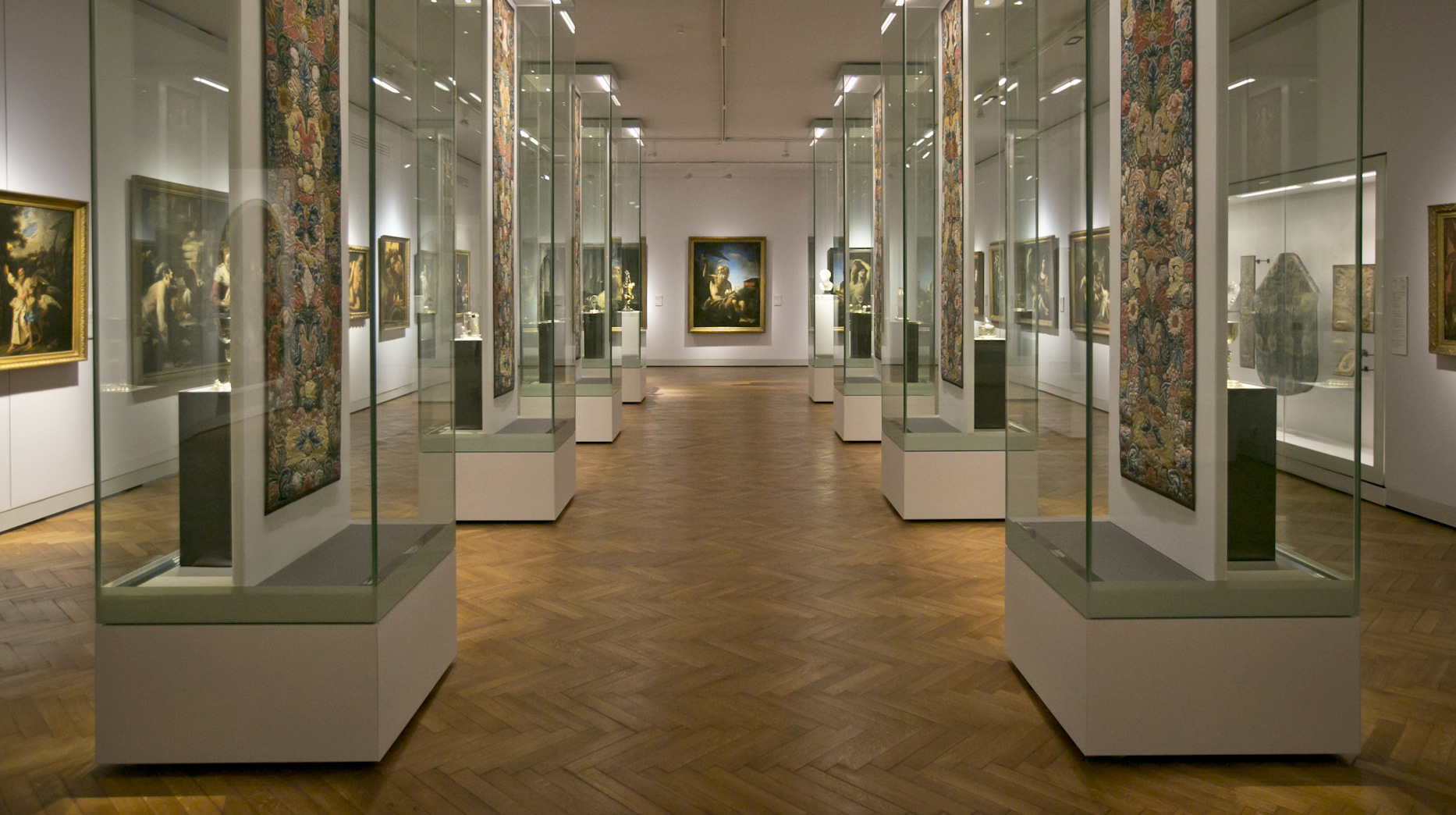
Medieval Coins Gallery

Medieval Coins Gallery
Documents have proved that Martham had a relatively high population in medieval times and the quantity of coins found from this period in comparison with earlier times supports this. They cover the period 1154-1485.
All the coins shown in this gallery were found in the parish over the past 50 years by a small number of dedicated metal detector enthusiasts who have spent many hundreds of hours field walking.
Dates in brackets represent the period the coin was minted.
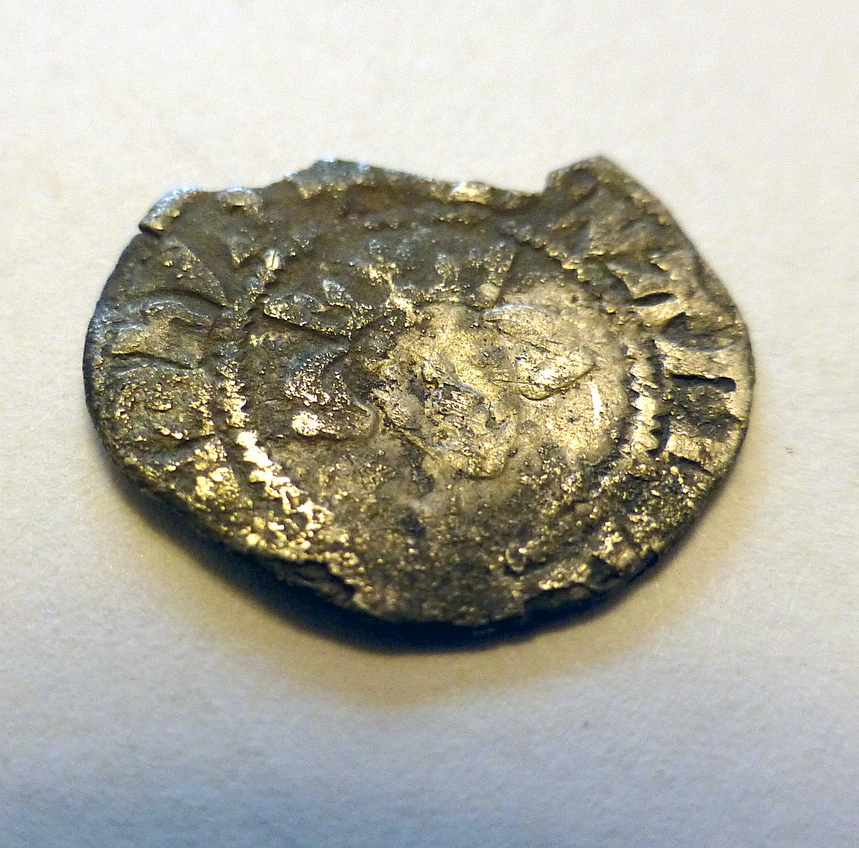
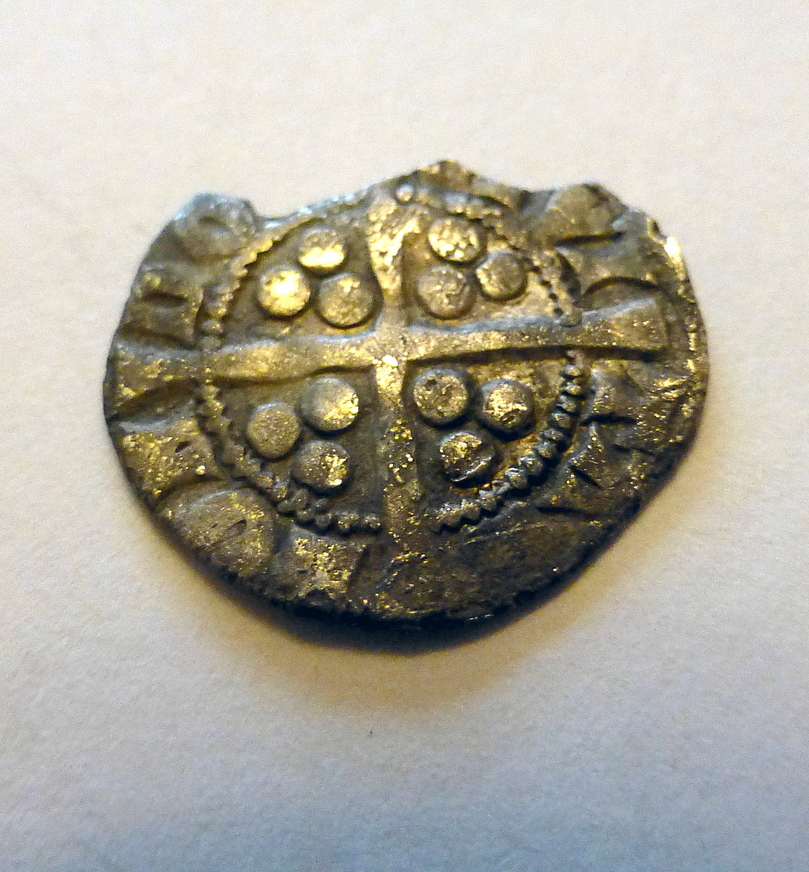
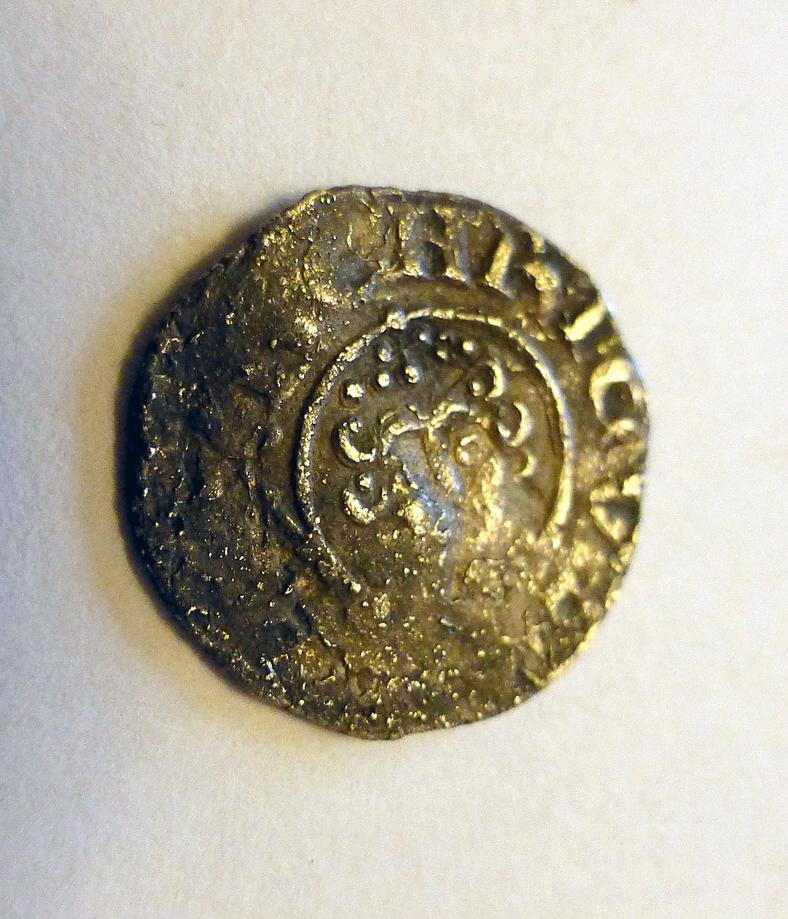
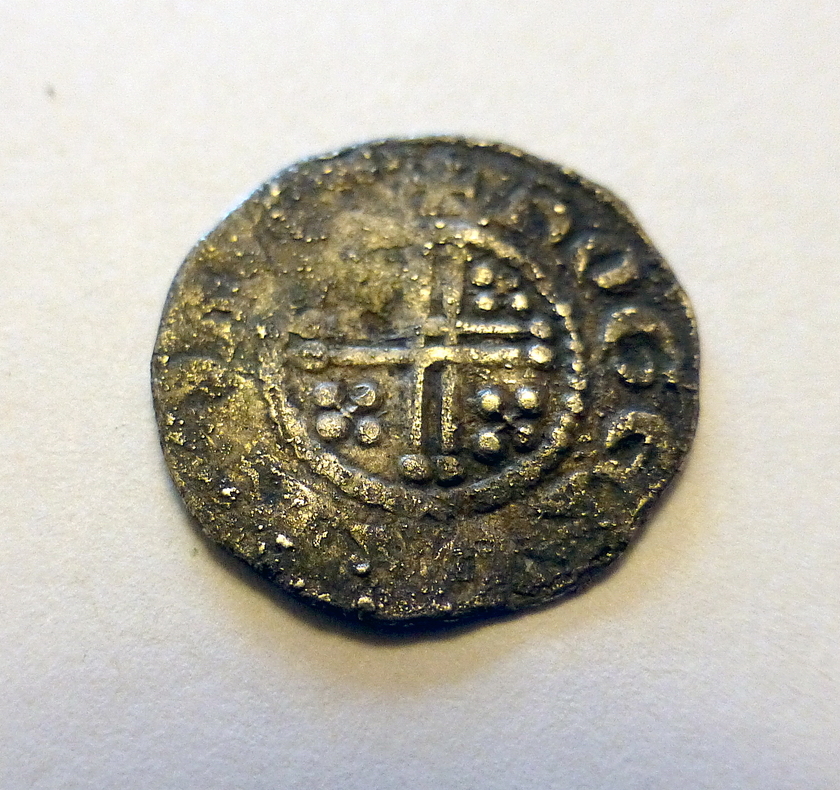
Above: Two examples of Medieval short cross silver pennies. With the exception of a very small number of round halfpennies and farthings, the short cross coinage of 1180-1247 consists only of pennies. They were struck in good quality silver with a standard weight of about 22 grains (1.43g) and a diameter of about 18-20mm.
Contributor Jean.
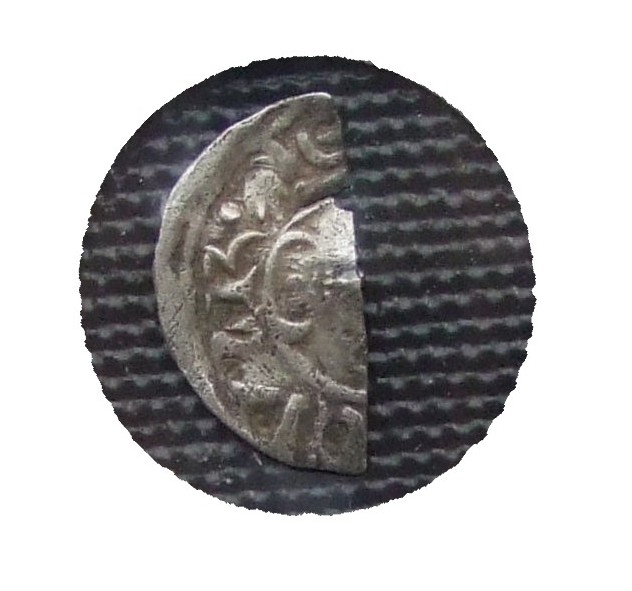
King John, 1199-1216, short cross cut half penny. Moneyer Willelem. All coinage issues of John bear the name of Henry II. John was the youngest son of Henry II and was born in Oxford in about 1166 or 1167. His was a turbulent reign with war against France and a civil war against the Barons in 1215. At Runnymede in 1215 John accepted the baronial terms embodied in the world-famous Magna Carta.
Contributor A.
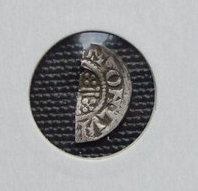
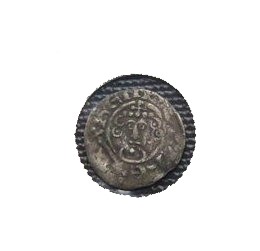
King John, 1199-1216, silver penny. Canterbury mint. Moneyer Iohan. The obverse features a crude style face, with the words “HENRICVS”. All coinage issues of John bear the name of Henry II. The reverse shows a small, voided cross with quatrefoils in each angle surrounded by a beaded circle. Contributor A.
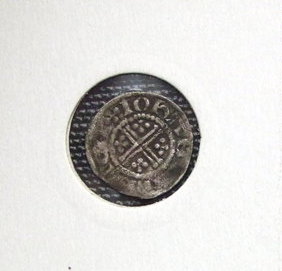
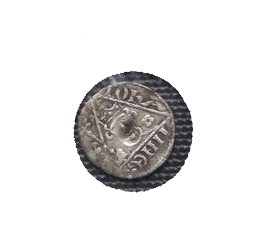
Silver penny of King John Dublin of Ireland, 1199-1216. Moneyer Roberd. Obverse: Crowned bust in triangle holding sceptre with legend: “IOHANNES REX”. Reverse: Sun, moon and three stars in triangle with legend: “ROBERD ON DIVE”.
Contributor A.
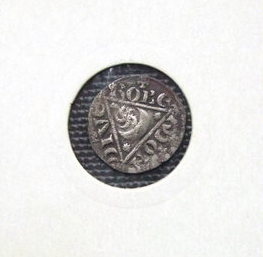
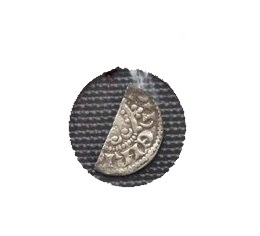
Henry III, 1216-1272, long cross cut silver half penny. Minted London. Moneyer Henri. Cut coins of all classes can be found and it is often possible to determine the class, mint and/or moneyer from the surviving part of the coin.
Contributor A.

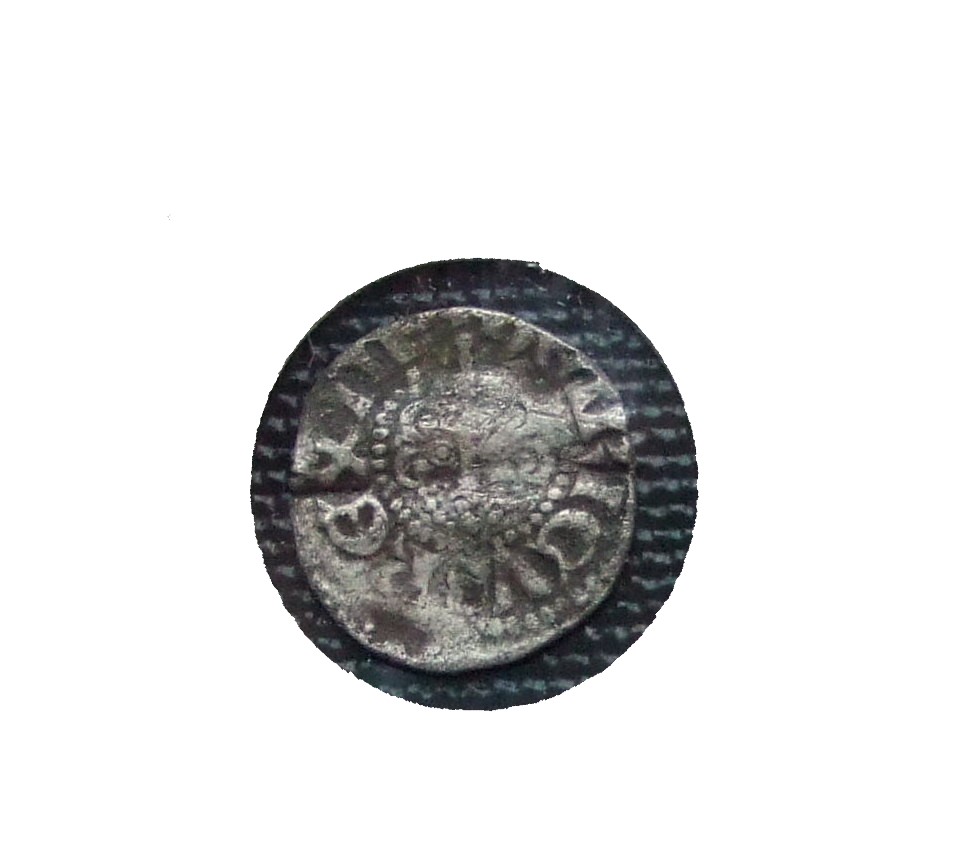
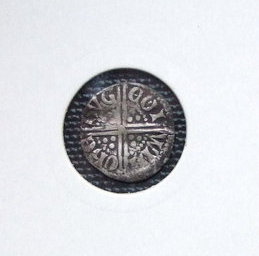
Above – Henry III, 1216-1272, long cross silver penny. The obverse has a worn crowned facing portrait of King Henry III. The reverse shows a voided long cross with trefoil of pellets in each angle. Minted at Winchester by the moneyer Hvge in around 1249. Winchester was one of the provincial mints re-opened during the early years of the long cross coinage, when the maximum effort was required to convert the circulating short cross coins into the new long cross type. Hvge was one of four moneyers identified as minting coins there.
Contributor A.
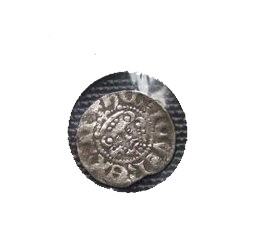
Henry III (1216-1272). Long cross silver penny. With small, rounded face. Canterbury mint. Moneyer Nicole.
Contributor A.
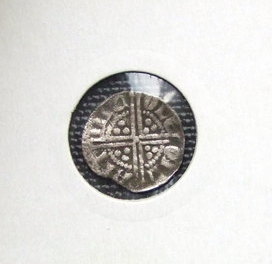



This group of hammered silver coins were found in the village and are unusual in that three of the coins were contained within a folded silver penny. The three that were inside were fragments of a penny of Robert II of Edinburgh (1316-1390), an Edward I penny, who was the King of England from 1272 to 1307, and one other coin with insufficient detail for identification. Archaeologists explain that in medieval times it was believed that illness was a punishment from God and this belief greatly influenced how healthcare was approached and the treatments that were used. People sometimes turned to prayer and religious rituals as forms of healing, rather than seeking medical help. When someone in the family was ill it was sometimes the practice to enclose coins into a folded penny that were then handed over to the local priest who gave them his blessing in the hope of a miracle recovery. If these coins were thrown away perhaps the person didn’t get better!
The contributor wished to remain anonymous.
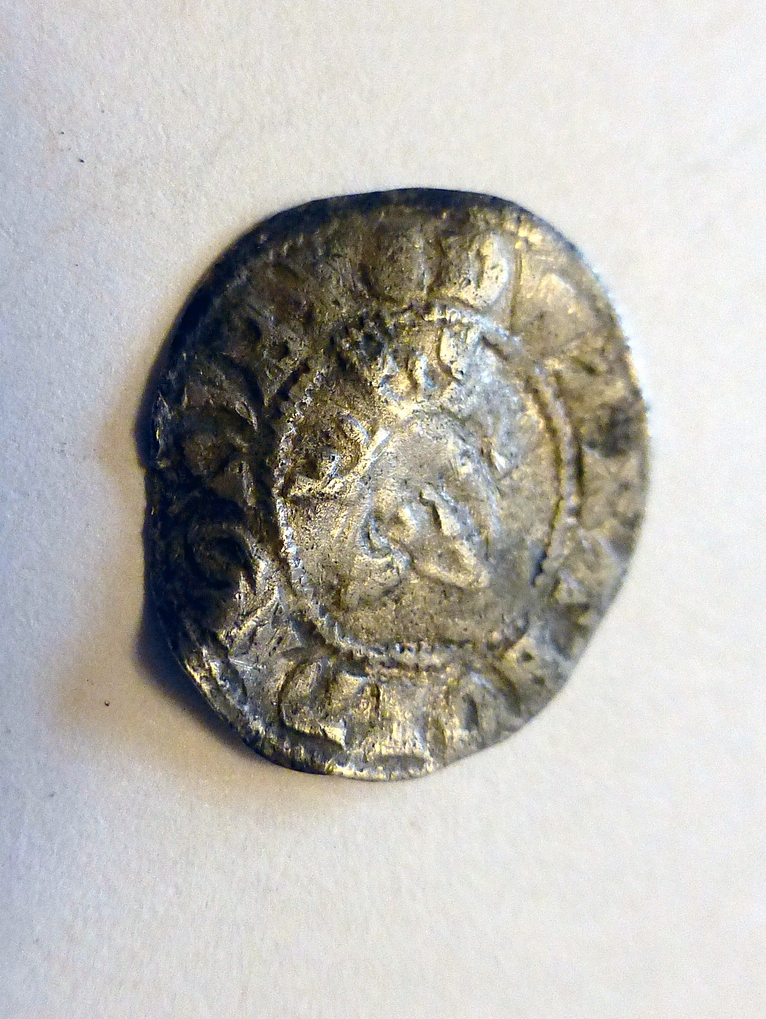
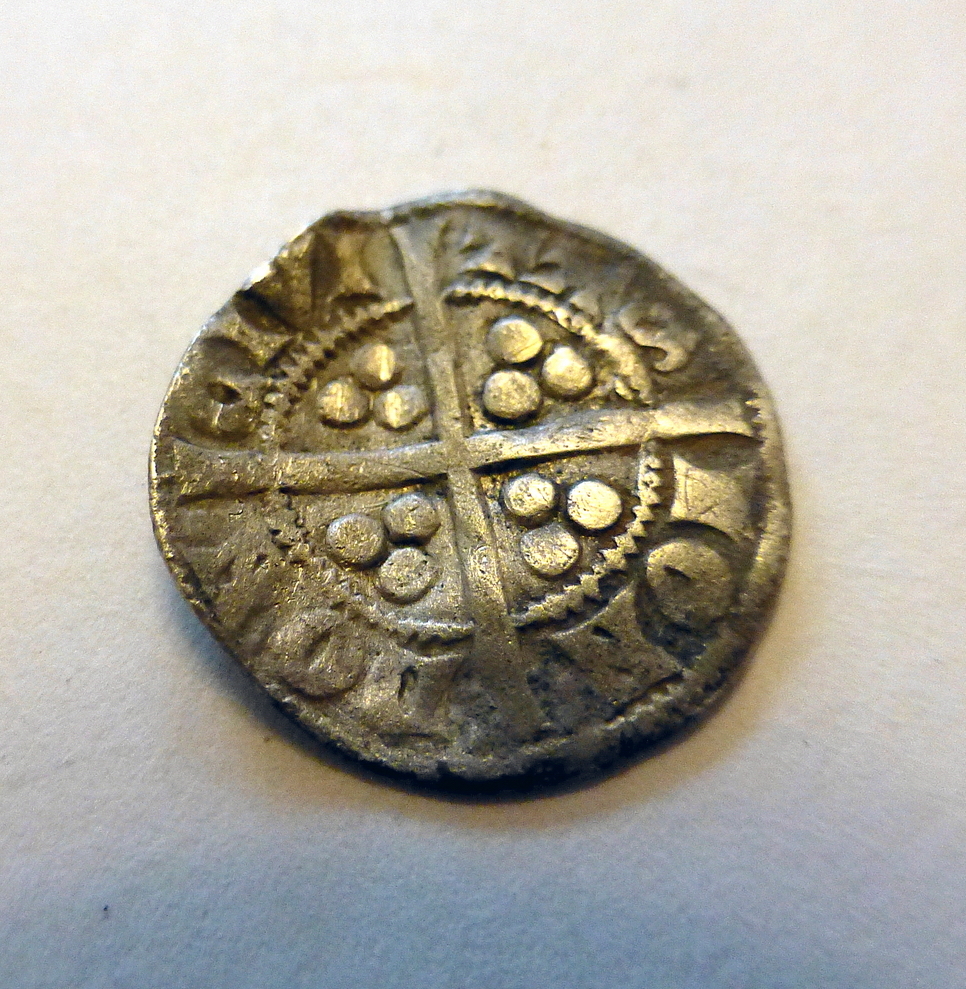
Above: With the single exception of an extremely rare gold coin, the long cross coinage of 1247-1279 consists entirely of silver pennies. They were struck in 0.925 fine silver with a standard weight of about 22 grains (1.43g) and a diameter of about 18mm. The obverse depicts a crowned facing bust of the king and the reverse has a long voided cross with three pellets in each angle.
Contributor Jean.
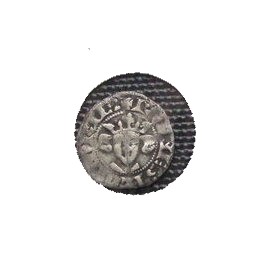
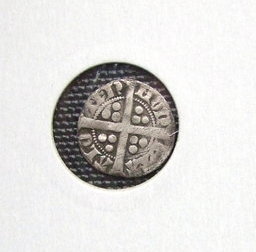
Above – Coin of Robert III of Flanders. It is an imitation penny minted by Robert Bethune at Alost, Flanders. Robert III was also known as the Count of Flanders and was born in 1249. His father was Guido von Flandern Graf von Flandern and his mother was Mathilde de Béthune. He married Blanche d’Anjou in 1265. He died on 17th September 1322, at the age of 73, and was buried in Ieper, West Flanders, Belgium.
Contributor A.
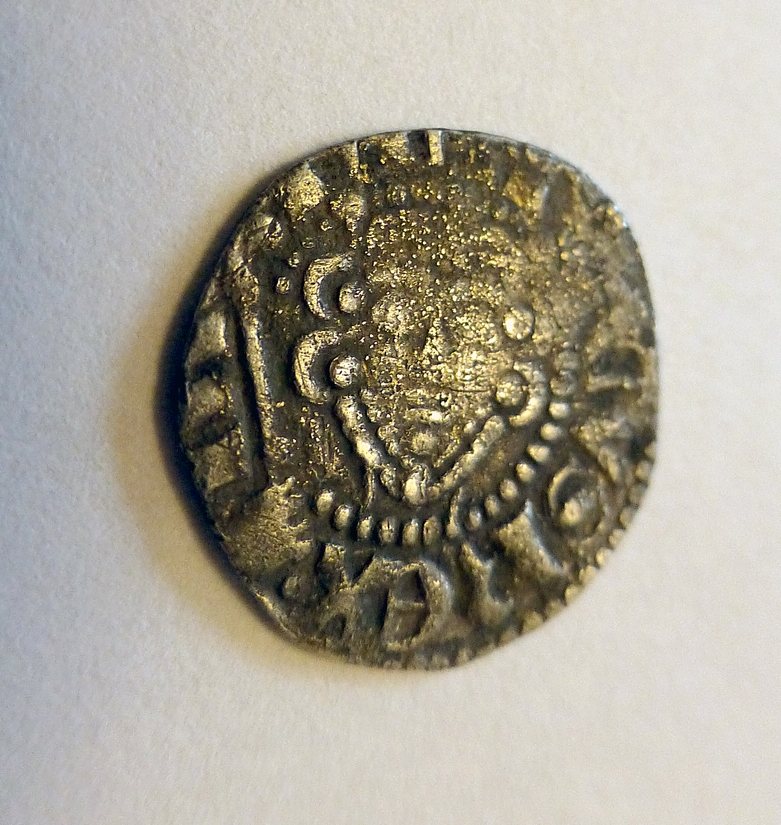
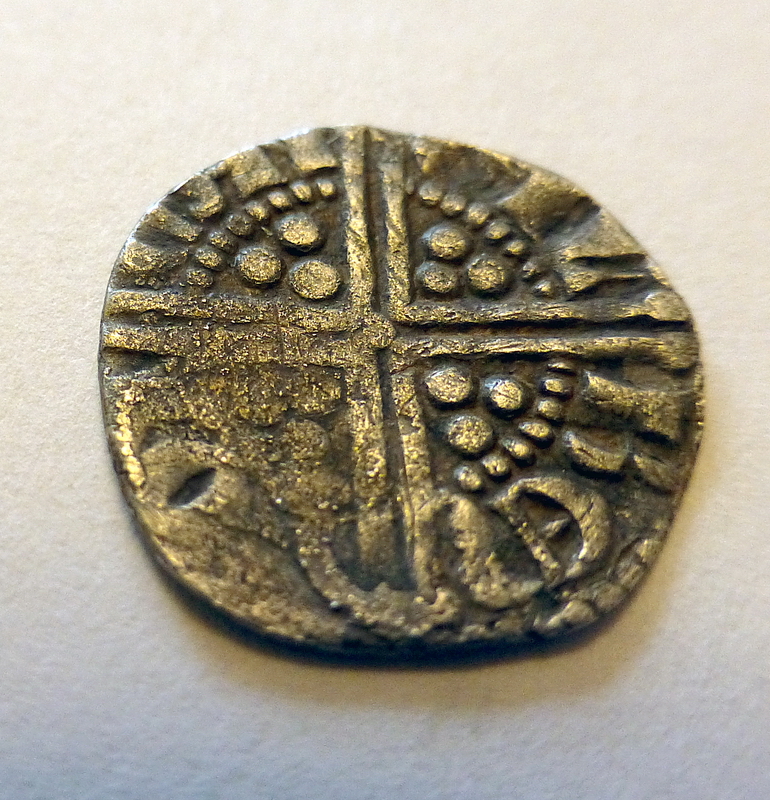
Above – Henry III penny (1251-1275).
Contributor Jean.
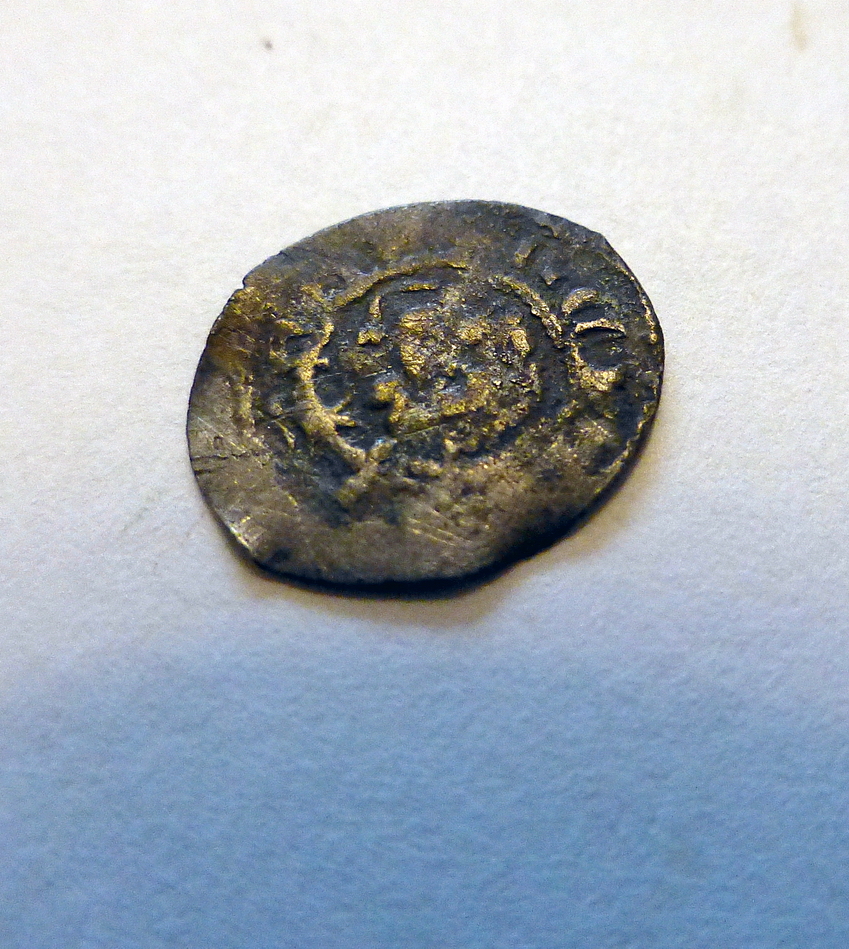
Edward I 1272-1307. Worn silver farthing. Contributor Jean.
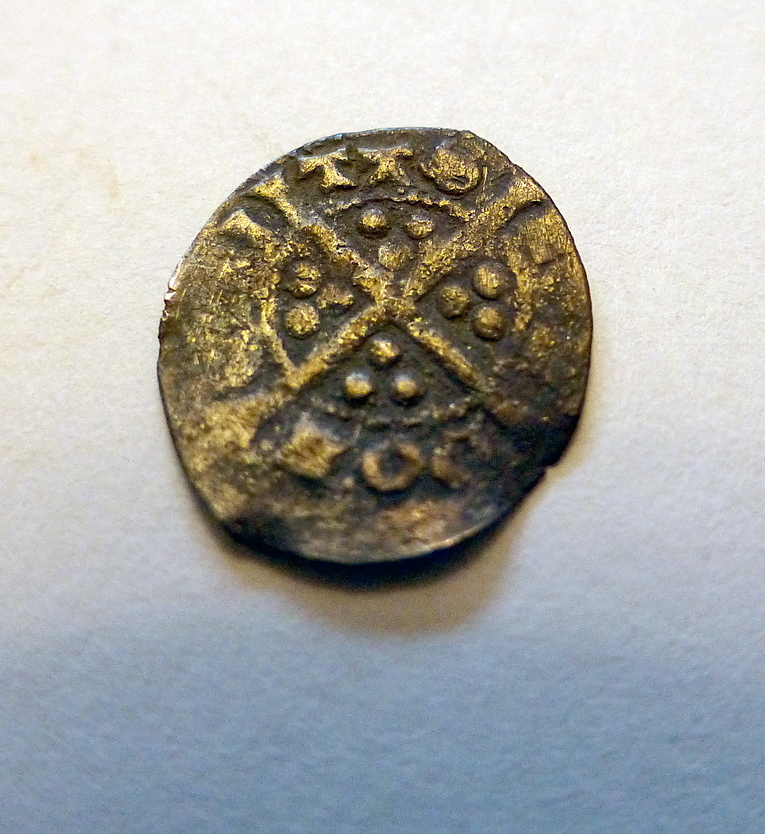
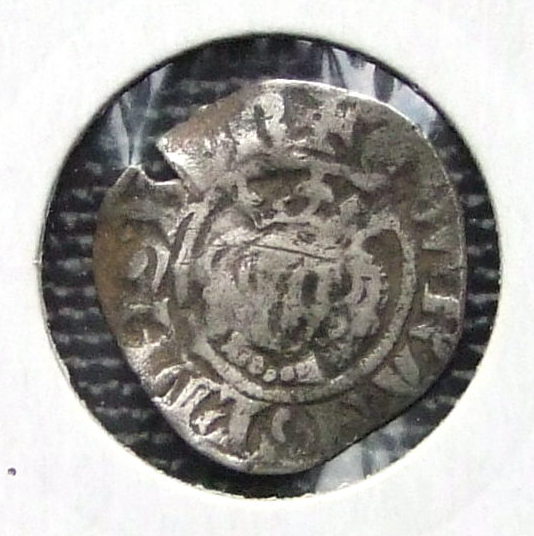
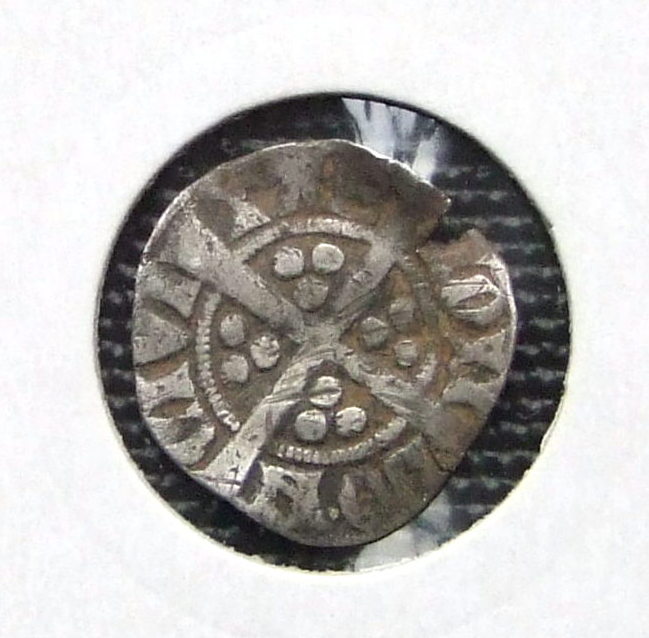
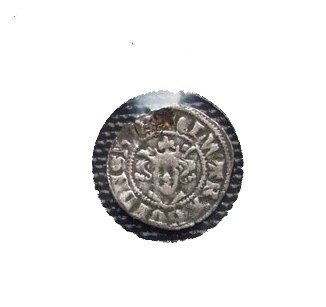
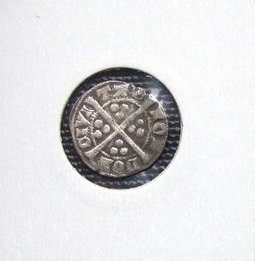
Two Edward I, 1272-1307, silver pennies. Both minted in London. The obverse features a crowned facing bust and the reverse shows the long cross with three pellets in each quarter and the wording for the London mint.
Contributor A.
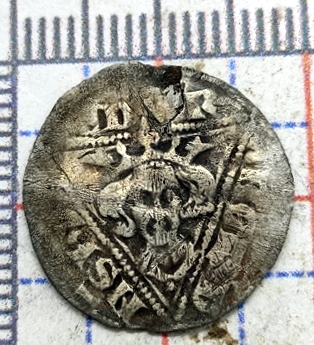
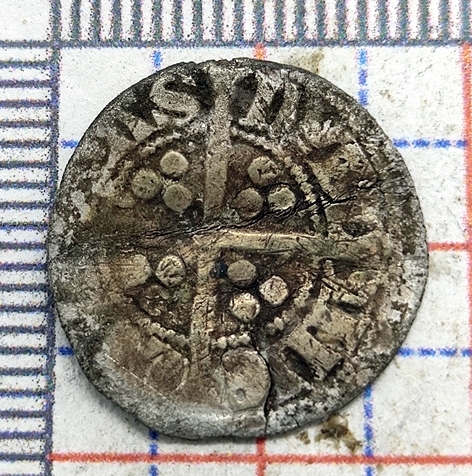
Edward I 1272-1307. Silver penny. Dublin mint.
Contributor A
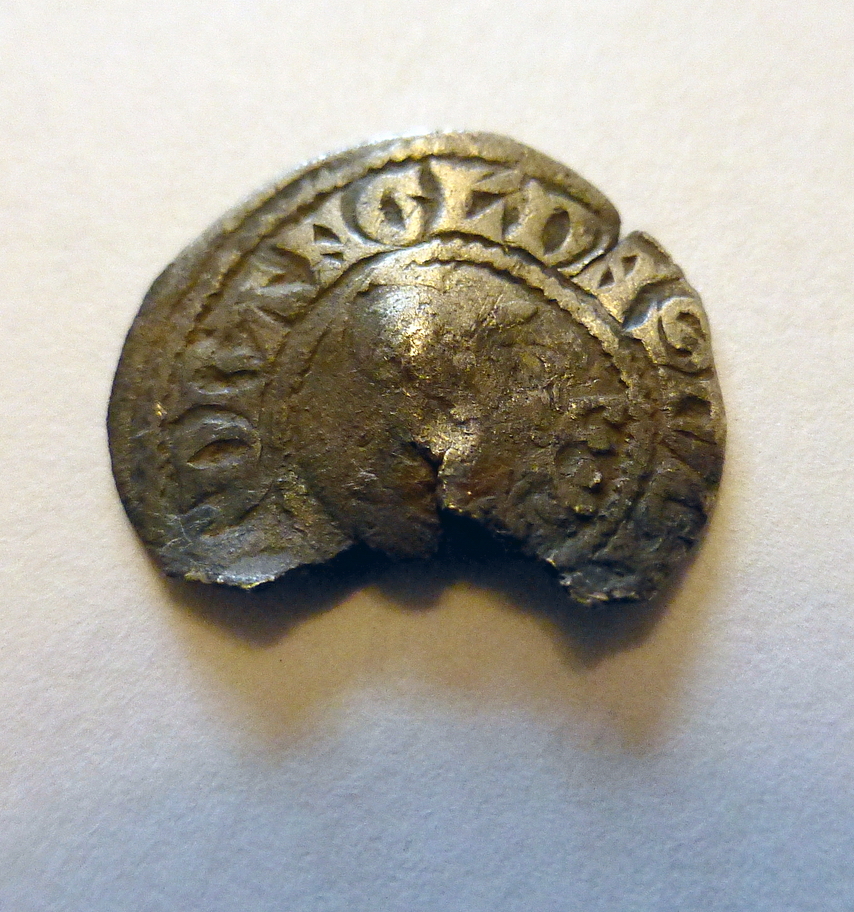
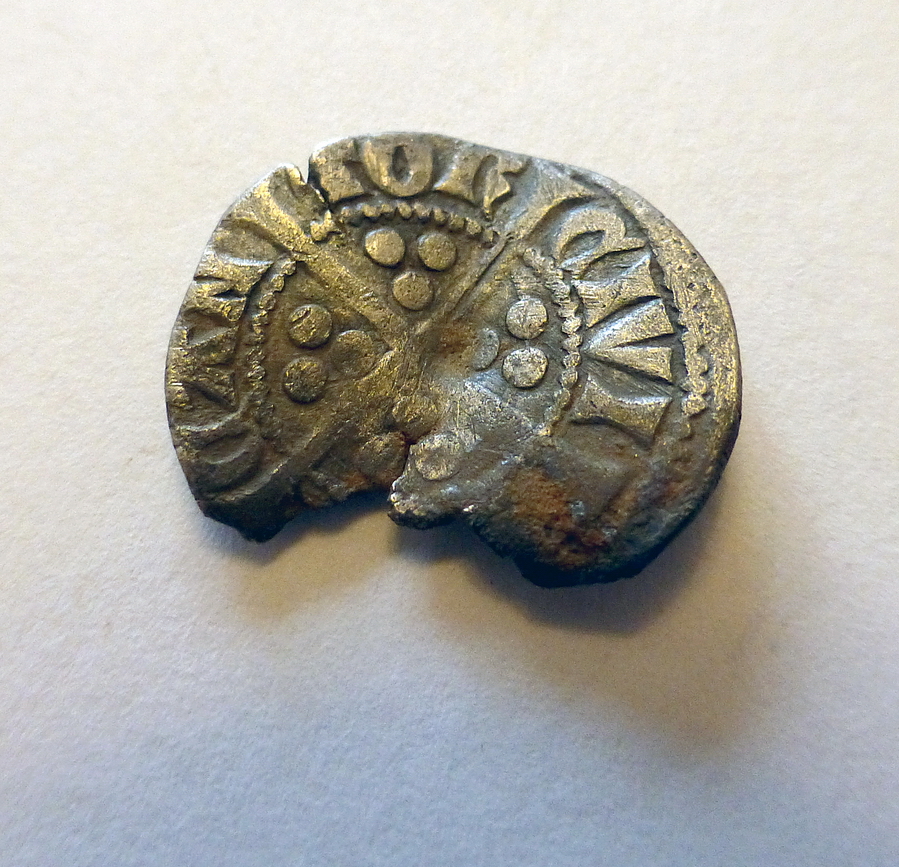
Above – Edward I silver penny (1301-1307).
Contributor Jean.
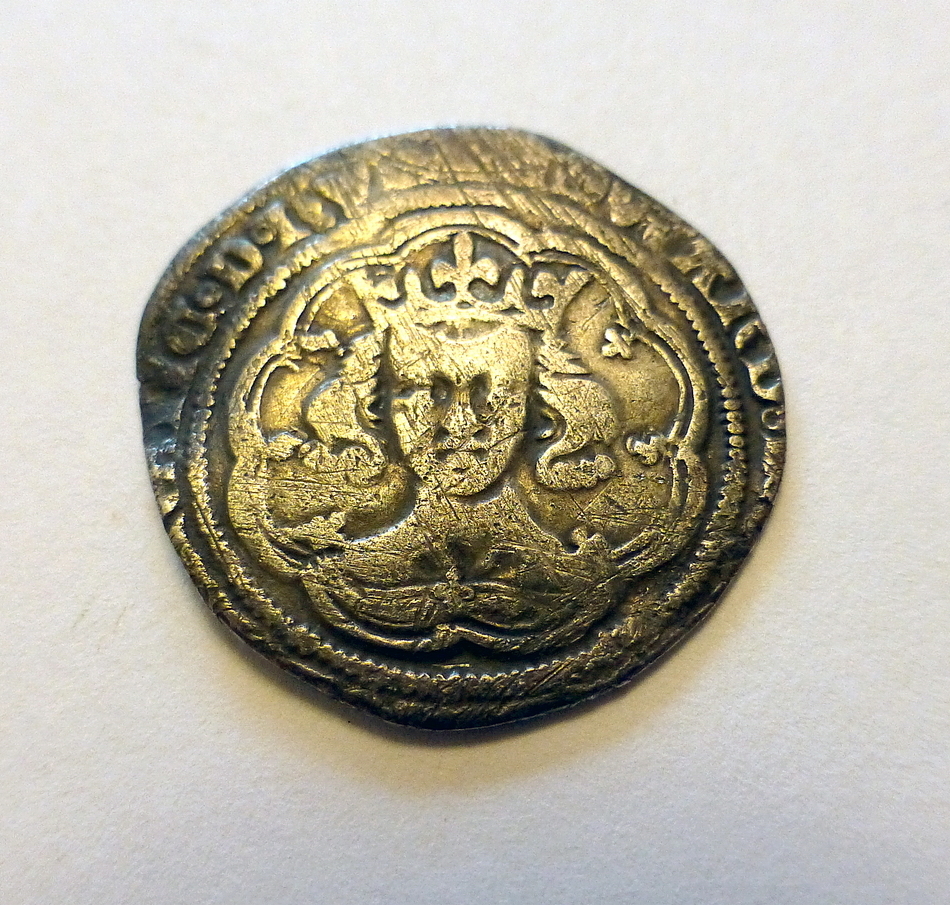
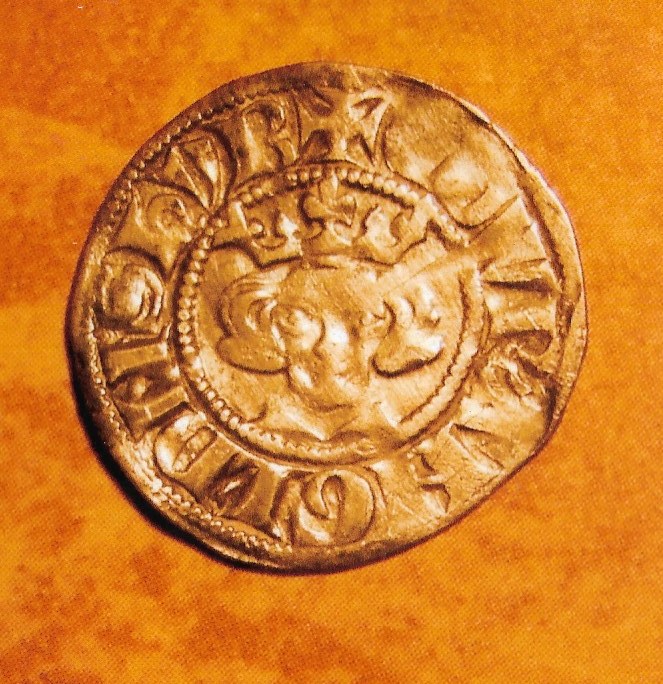
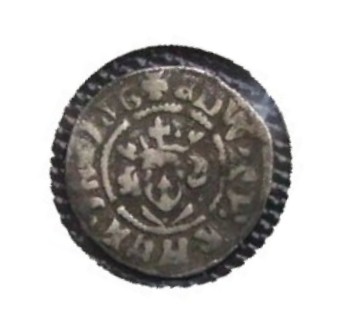
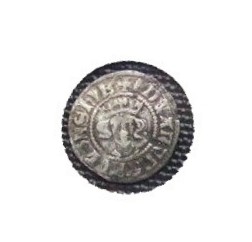
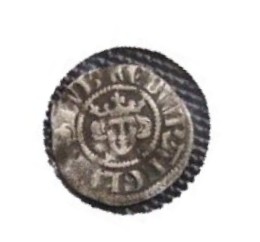
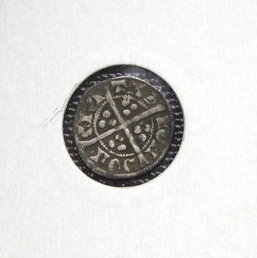
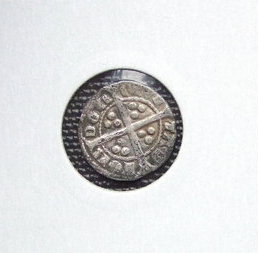
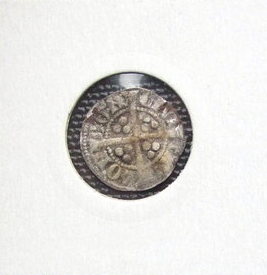
Above – Three Edward I long cross silver pennies.
The obverse features a facing bust and the reverse shows the long cross with three pellets in each quarter and the wording for the London mint.
Edward I was born in 1239 and was also known as Edward Longshanks and the Hammer of the Scots. Before his accession to the throne, in 1272, he was commonly referred to as The Lord Edward first son of Henry III.
Contributor A.
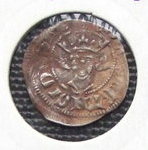
Edward II, 1307-1327, silver penny. Canterbury mint. The obverse features a facing bust, with the crown having a tall central fleur. The reverse shows the long cross with three pellets in each quarter and the wording indicating the Canterbury mint. Contributor A.
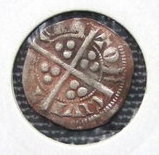

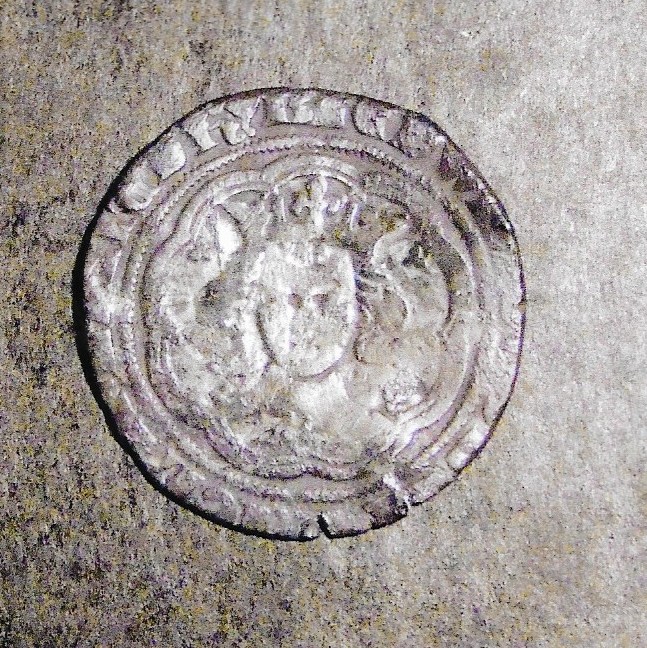
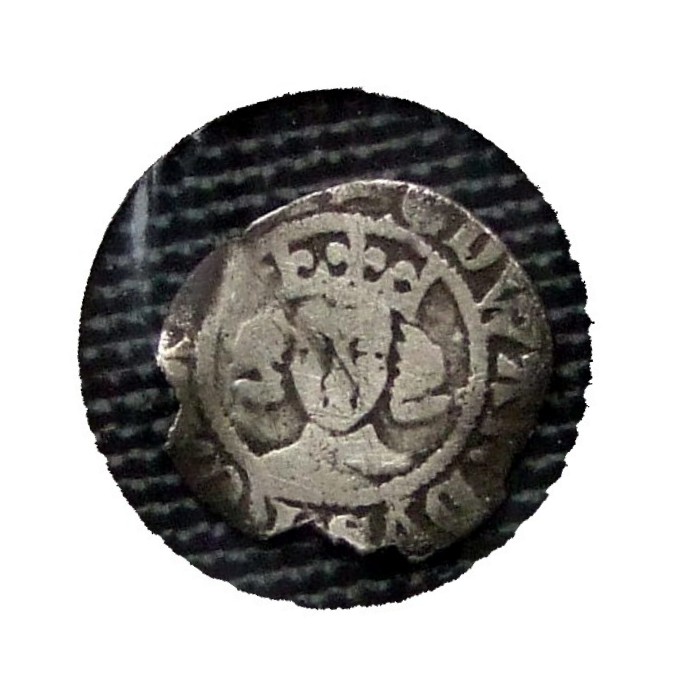
Edward III, 1327-1377, silver penny. London mint. The obverse has a crowned facing bust of King Edward III. The reverse shows a long cross with trefoil of pellets joined by annulet in angles, the mint is named as CIVI TAS LON DON.
Contributor A.
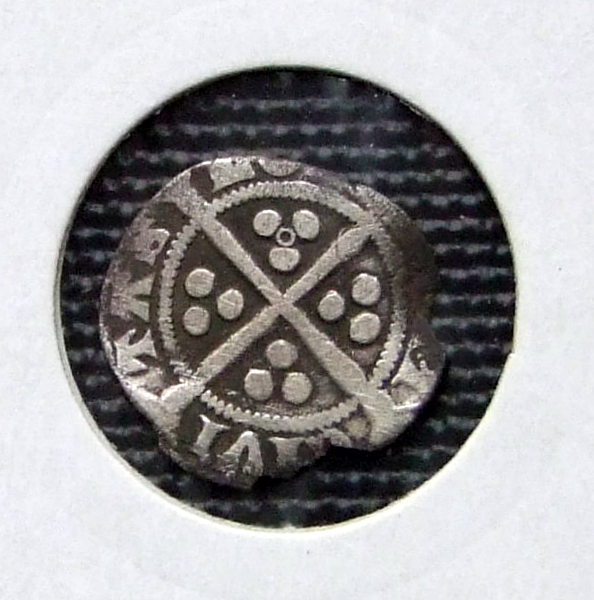
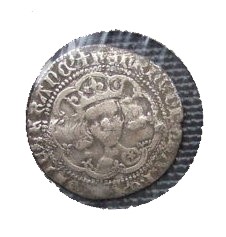
Henry V, 1413-1422, groat (4 old pence). London mint. The obverse shows a frowning bust of Henry V with a mullet on left shoulder. The reverse has a pierced long cross with three pellets in each quarter.
Contributor A.
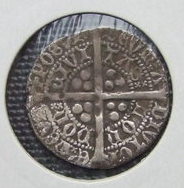
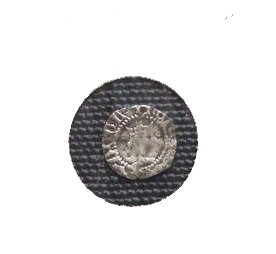
Henry V (1413-1422). Half penny. London mint. Worn front facing crowned bust. The reverse has a long cross, tri-pellets in each inner angle, legends and beaded circle surround.
Contributor A.
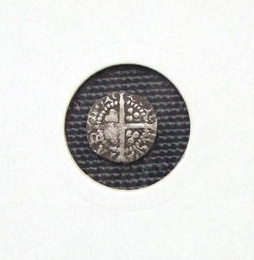
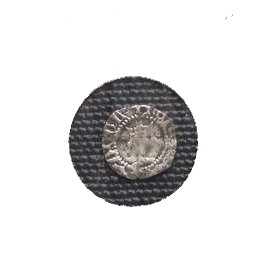
Henry V, 1413-1422. Half penny. London mint. Worn front facing crowned bust. The reverse has a long cross, tri-pellets in each inner angle, legends and beaded circle surround.
Contributor A.
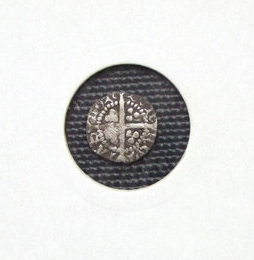
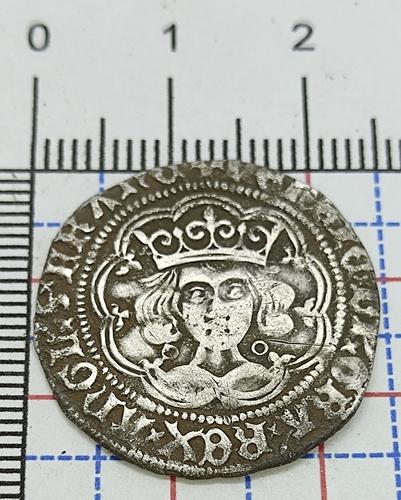
Two examples of Henry VI (1422-1461) groats.
Calais mint, annulet issue,
dates 1422-30.
Contributor A
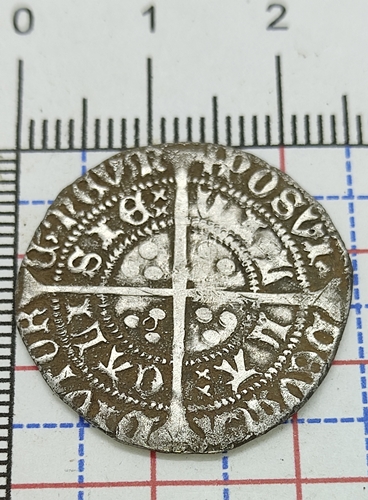
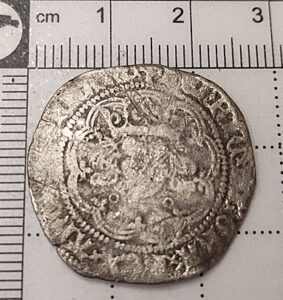
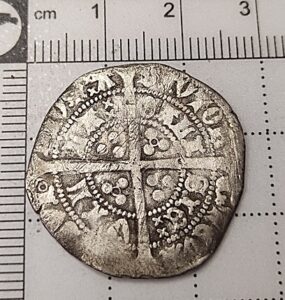
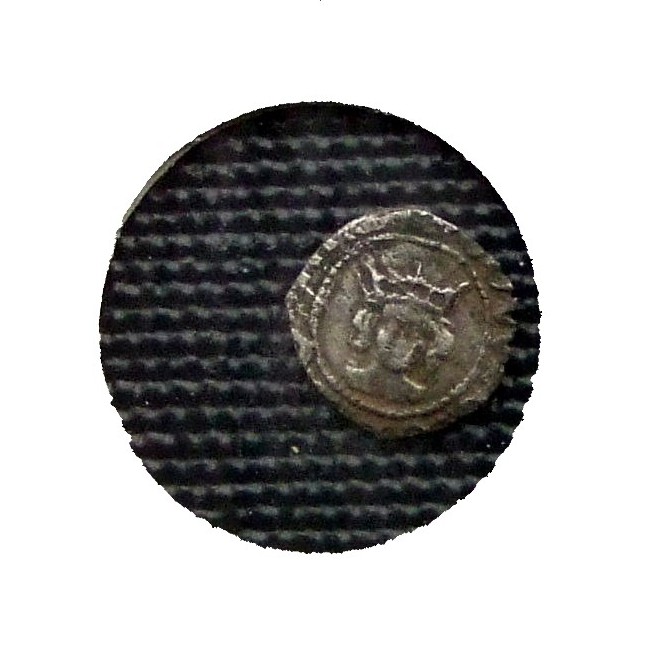
Edward IV , 1461-1483, half penny. Minted at London. Edward IV was the only War of the Roses commander to win all his military battles and was considered to be England’s first Renaissance King. He was a very daring and competent military commander, popular among his subjects and the majority of them remained loyal to him until his death.
Contributor A.
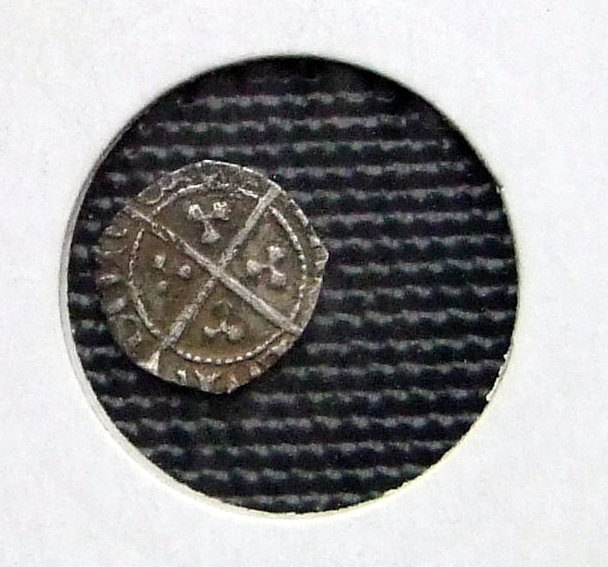
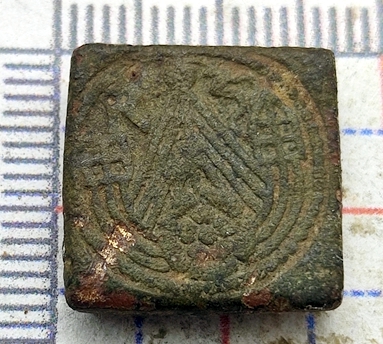
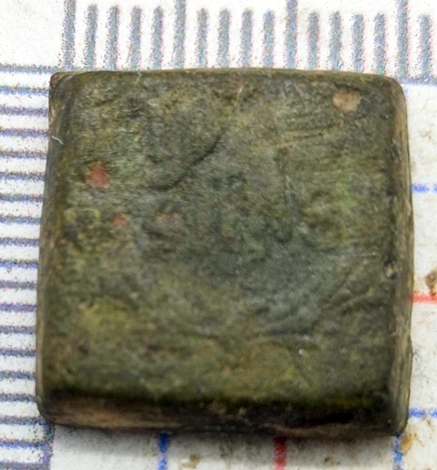
This is a cast copper-alloy coin weight of late medieval date. The weight is for a Half Ryal of Henry VII 1485-1509. The obverse shows a ship with rigging. The reverse has an illegible design.
The Gold Half Ryal is a rare late-medieval coin. It was first issued during the reign of Edward IV in 1464 and was then minted sporadically thereafter until the third coinage of James I (1619-25). It is incredible to think that someone in Martham would have had such a coin and yet this weight would have been used to check the gold content, by weight, of such a coin.
The contributor wishes to remain anonymous.